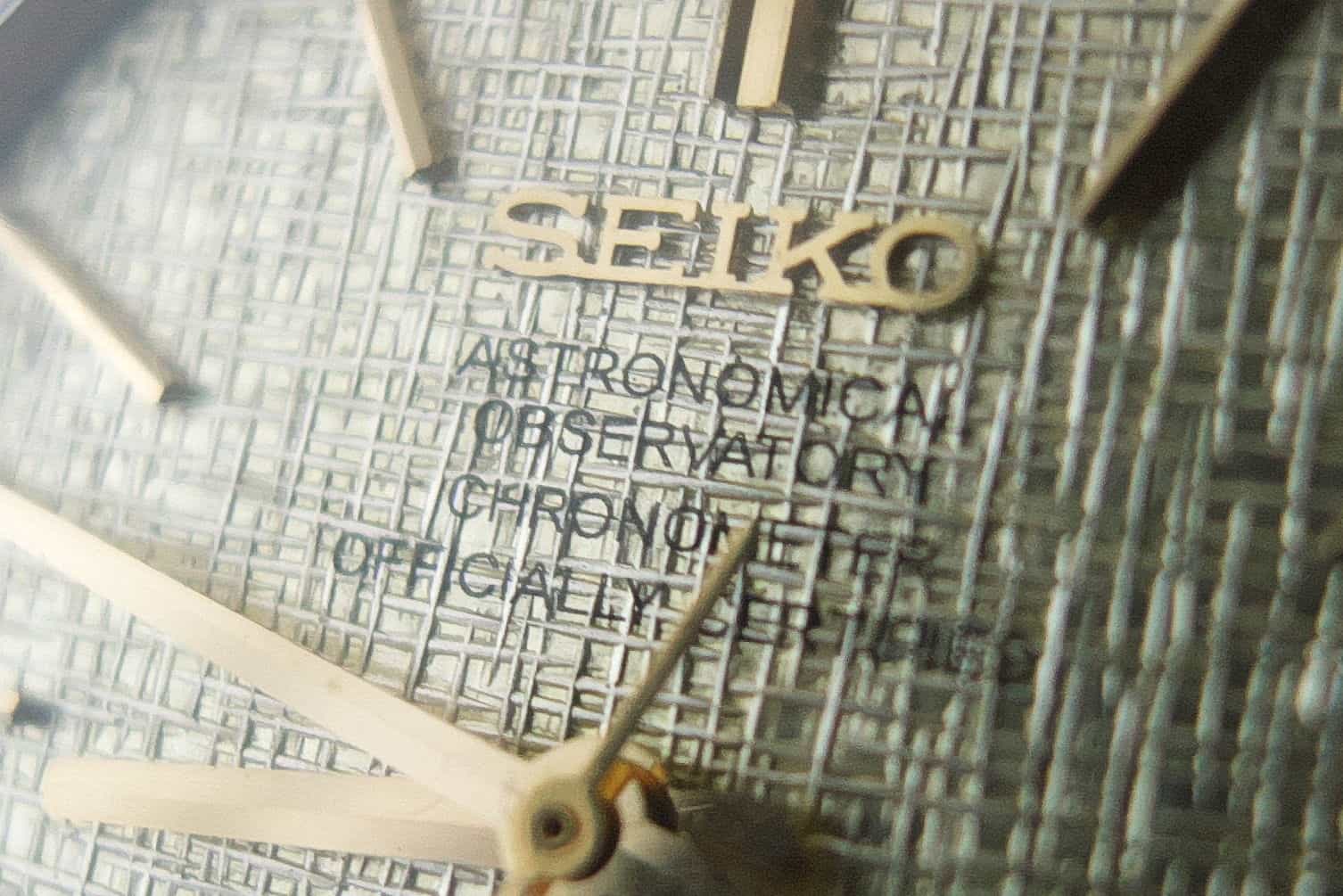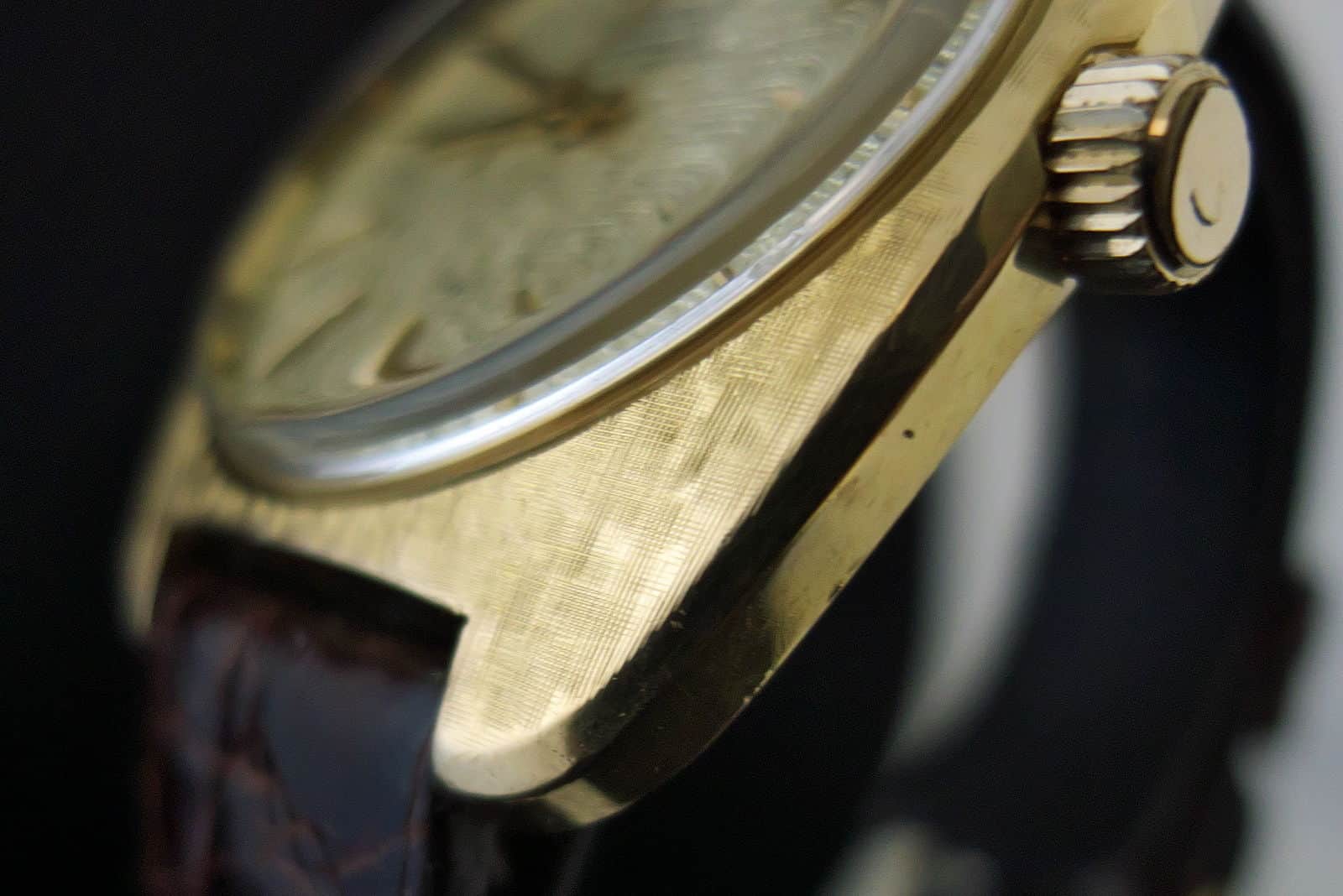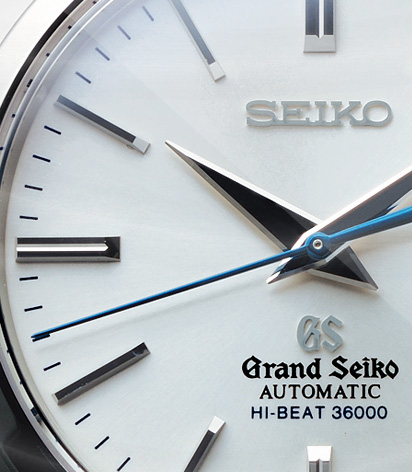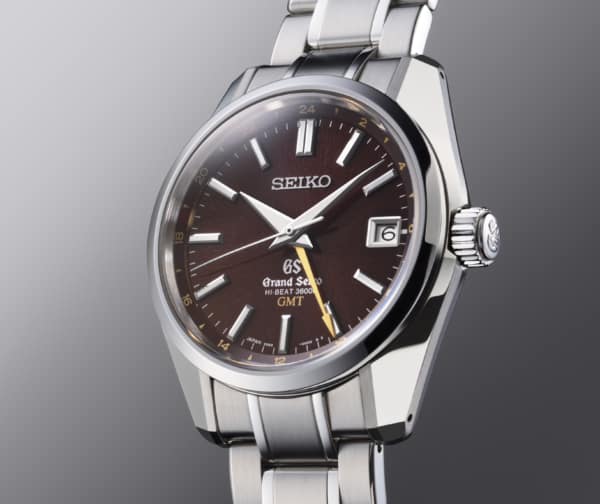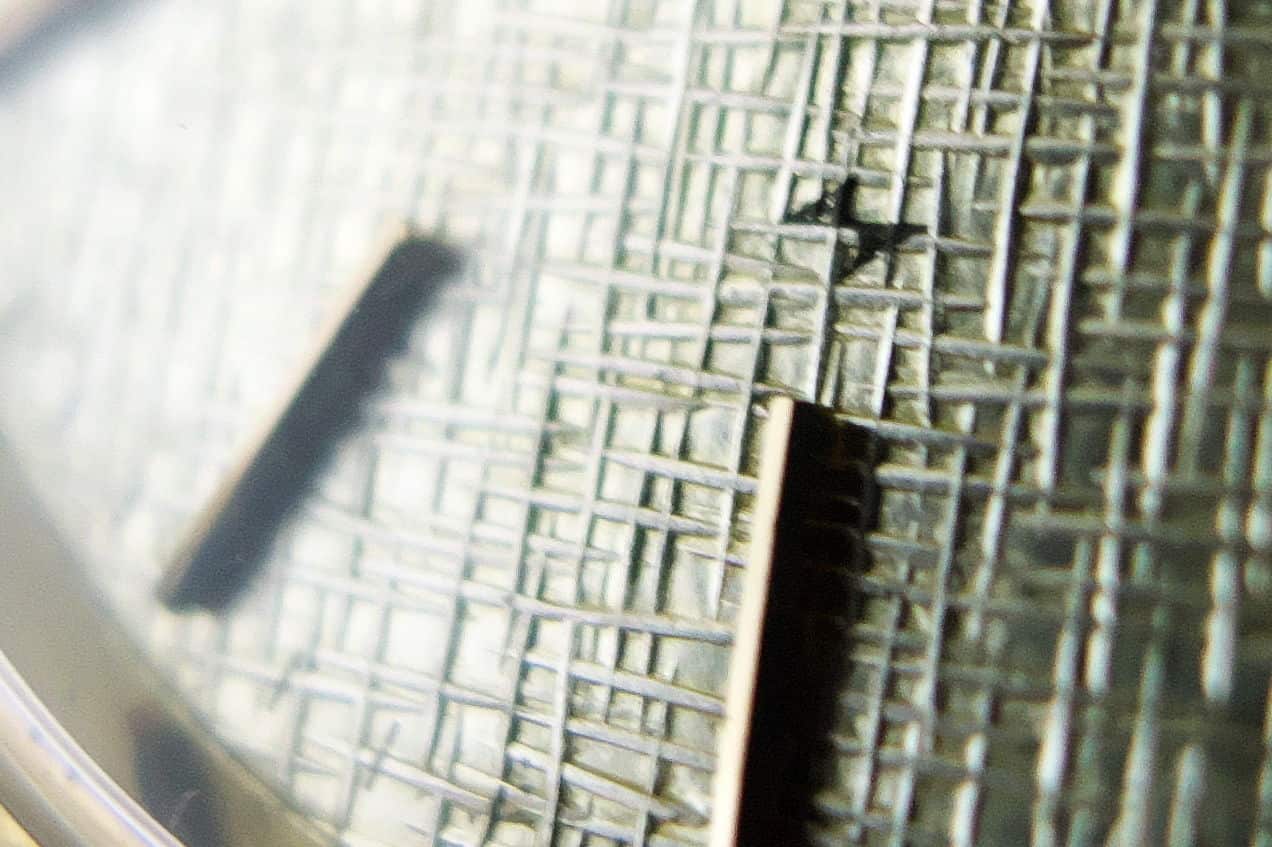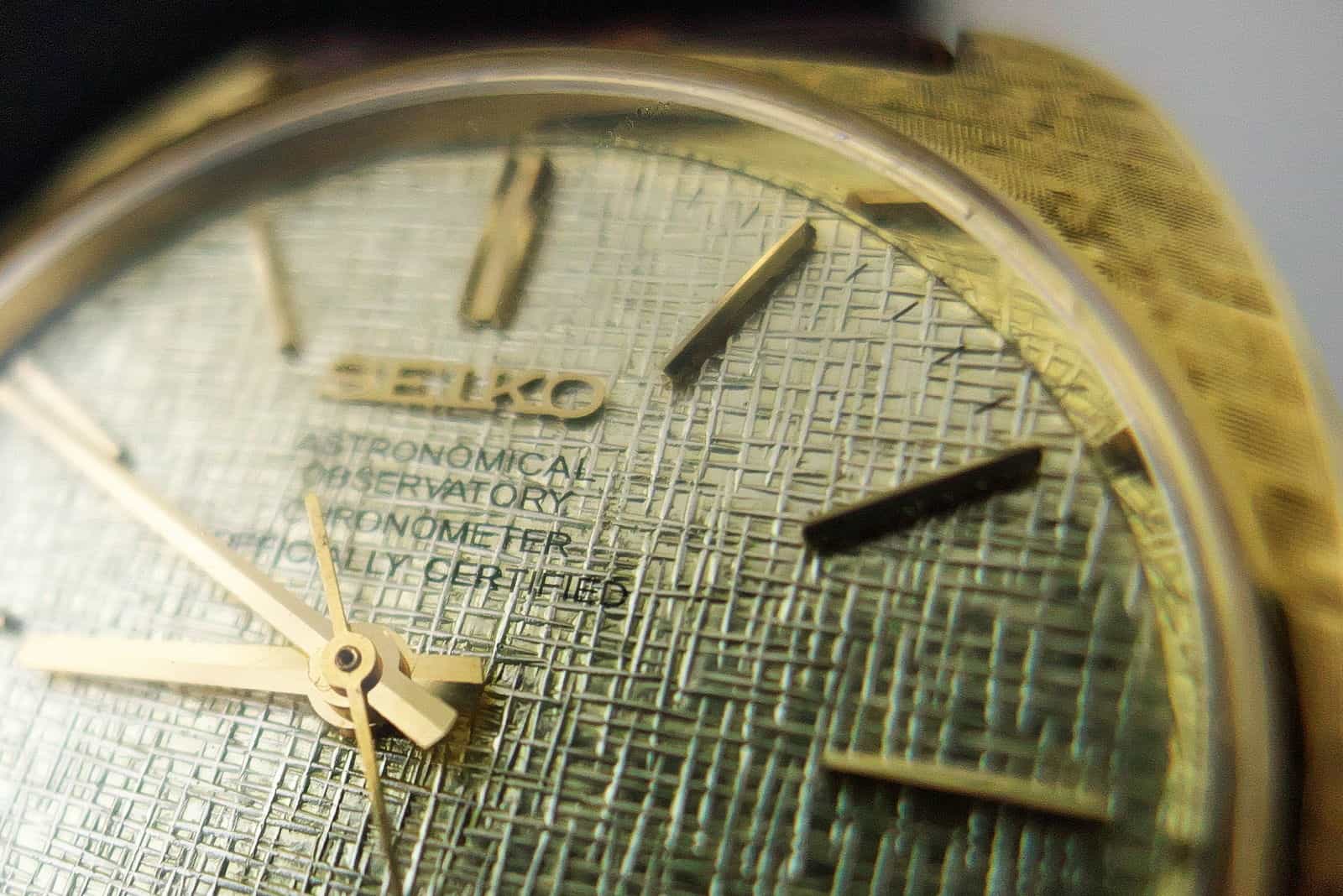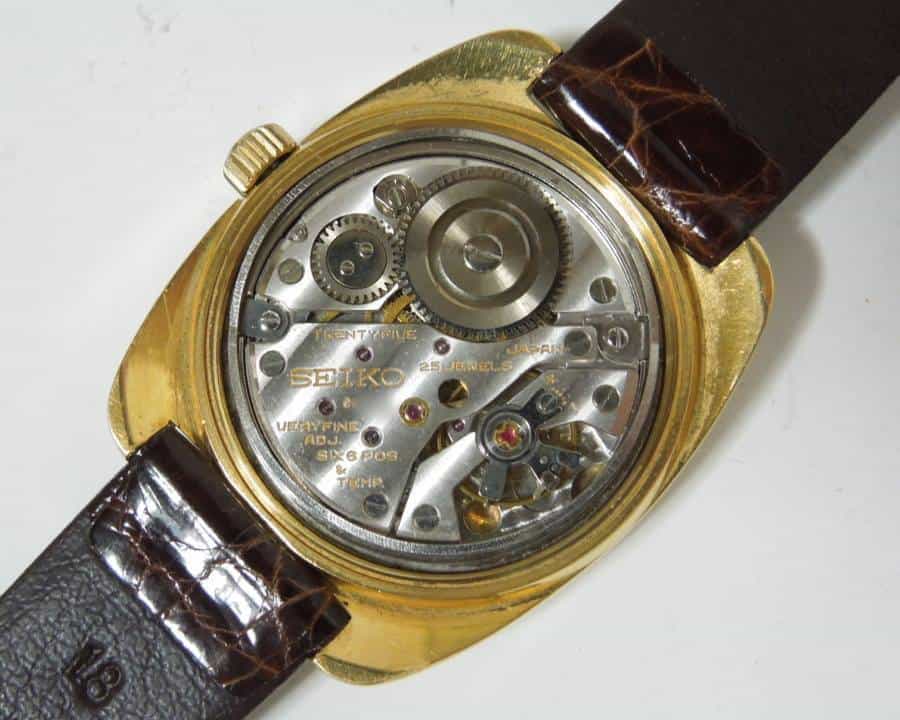In the same year, despite there being no competition at Neuchâtel, Daini Seikosha sent the Observatory 103 movements for certification–and 73 of the 36,000 bph cal. 4520 movements passed as chronometers. And it was these movements that found their way into 18ct gold cases to be sold as Astronomical Observatory Chronometers. Each came with its own certificate of accuracy–the Neuchâtel Observatory’s Bulletin de Marché.
Designed for Accuracy Rather Than Looks
“This movement was handmade made by those obsessional watchmakers at Daini Seikosha. This movement was timed at Neuchâtel and certified as one of the most accurate in the world. It represents the pinnacle of mechanical watches’ accuracy achievements before quartz moved in and took over the market.”
You might expect a watch of this standard to boast a seriously decorated movement. Not a bit of it. The plates carry anglage, but apart from some graining, that’s your lot. This is an engine designed for high-performance, not haute horlogerie peering at. Think Bugatti. And the technical magic is certainly there–even the hacking lever is in three articulated parts.![Grand Seiko Observatory Chronometer-6]()
Now to the Big Question
What will the watch sell for? The only Astronomical Observatory Chronometer with Cal. 4520 movements that reached the market in the last few years made $40,000. Mr. Hokugo believes the dial on his watch may have been reprinted and there are no papers, boxes or an original strap with it. But this is, make no mistake, a piece of history. This movement was handmade made by those obsessional watchmakers at Daini Seikosha. This movement was timed at Neuchâtel and certified as one of the most accurate in the world. It represents the pinnacle of mechanical watches’ accuracy achievements before quartz moved in and took over the market. There were only ever 73 of them, and no one knows how few are left.
Save
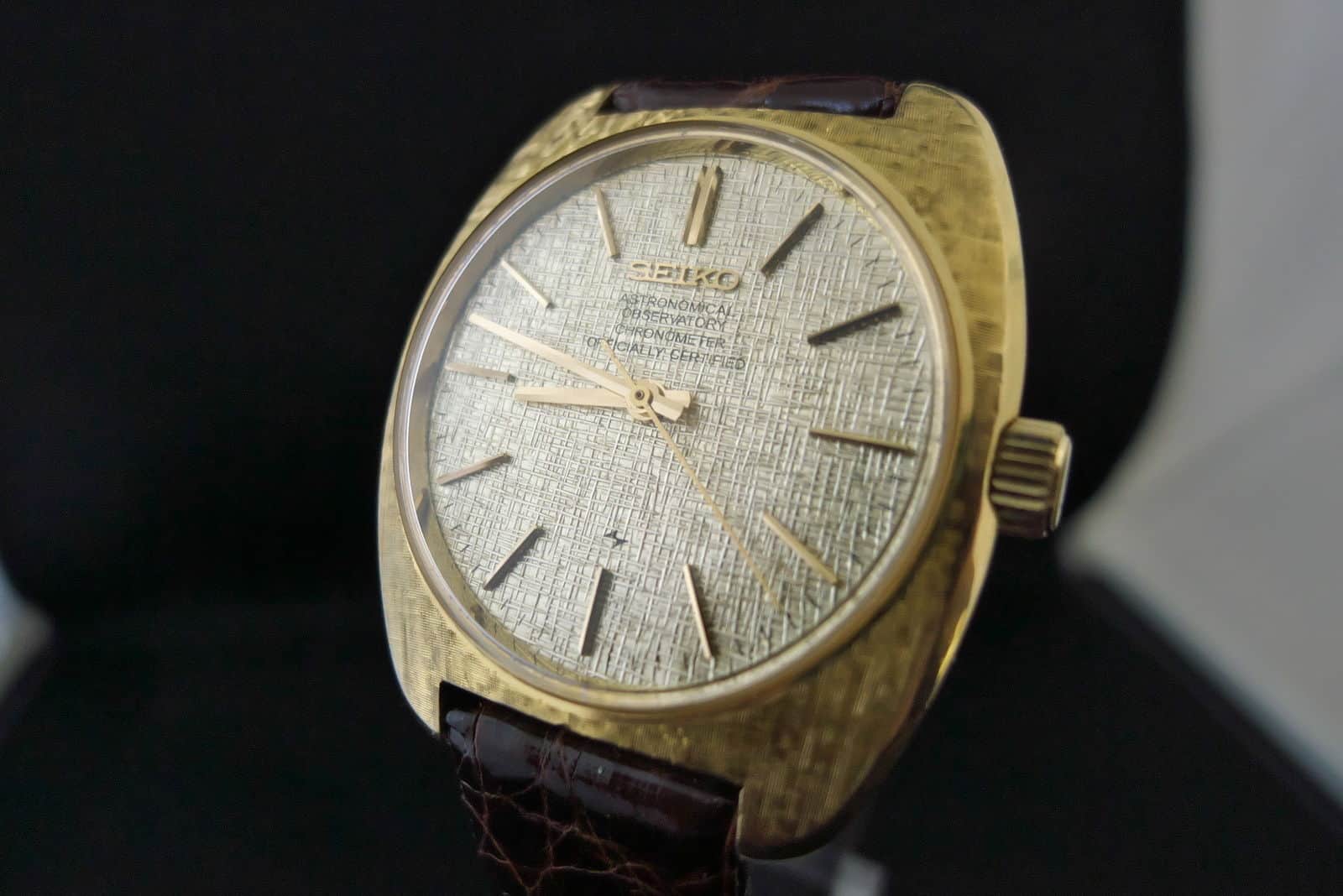









 Featured Videos
Featured Videos




